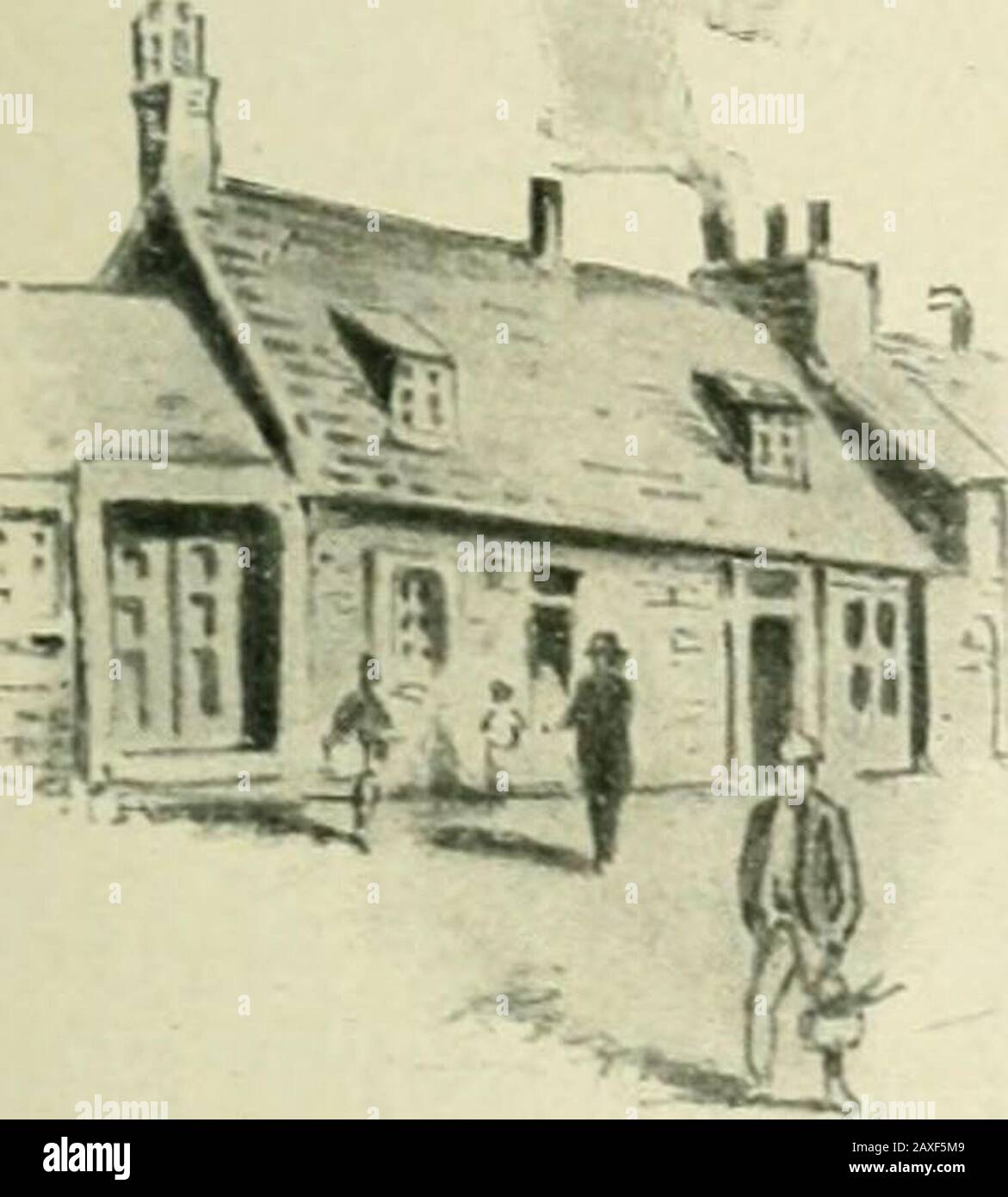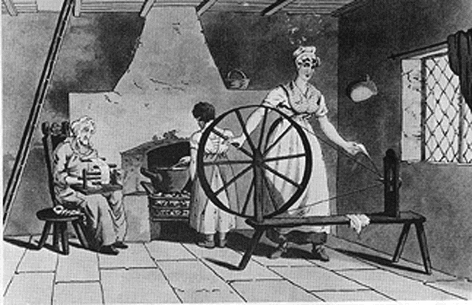Hand Loom Weavers And The Cottage System

The decision taken by kvic to release 1 000 per month to each artisan from the awf in the wake of covid 19 has bypassed most weavers in the.
Hand loom weavers and the cottage system. Credit mobilier and banque de belgique. Weavers cottages were common in great britain often with dwelling quarters on the lower floors and loom shop on the top floor cellar loomshops on the ground floor or in the basement were found where cotton was woven as. However lack of awareness among the weavers who are mostly preoccupied with stringent work schedules and the restrictive clauses of the awf mean that a few handloom weavers are members of the awf.
Weaver s cottage vividly re creates the living and working conditions of a typical handloom weaver. Parliament appointed a select committee in 1803 and again in 1806 to investigate the issues and in 1909 the govt. Most fridays and weekends the clack clack of a weaver at work brings this cottage to life again.
The handloom weavers tried to say that their jobs were safeguarded by statutes dating from tudor times but mill owners argued that these laws were archaic. As a result the average wage of a handloom weaver fell from 21s in 1802 to less than 9s in 1817. A weavers cottage was and to an extent still is a type of house used by weavers for cloth production in the putting out system sometimes known as the domestic system.
Not accustomed to a timed format due to the fact that they had always worked irregular hours. All though the rear was lost during a slum clearance program most of the building along with it s historically important front and. Basically opposite of cottage system.
This typical 18th century handloom weaver s cottage houses the last of the 800 looms working in this village in the 1830s. With low ceiling beams and period furniture it helps give an insight into life before the industrial revolution. Today the weavers specialise in making tartan on a 200 year old loom.
The weavers cottage is a 18th century loom shop and one of the oldest surviving buildings in rossendale. We know a lot about their lives training and working conditions because of. Thousands of hand spinners and weavers.


















